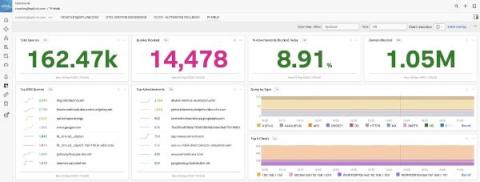Shadow IT & How To Manage It Today
In the business world, shadow IT is a controversial topic. Gartner defines Shadow IT as any IT devices, software and services that are used outside or beyond the ownership or control of IT departments/ organizations. This includes: In a standard work environment, the IT department would be responsible for providing whatever IT solutions and work tools were needed across all business functions.








